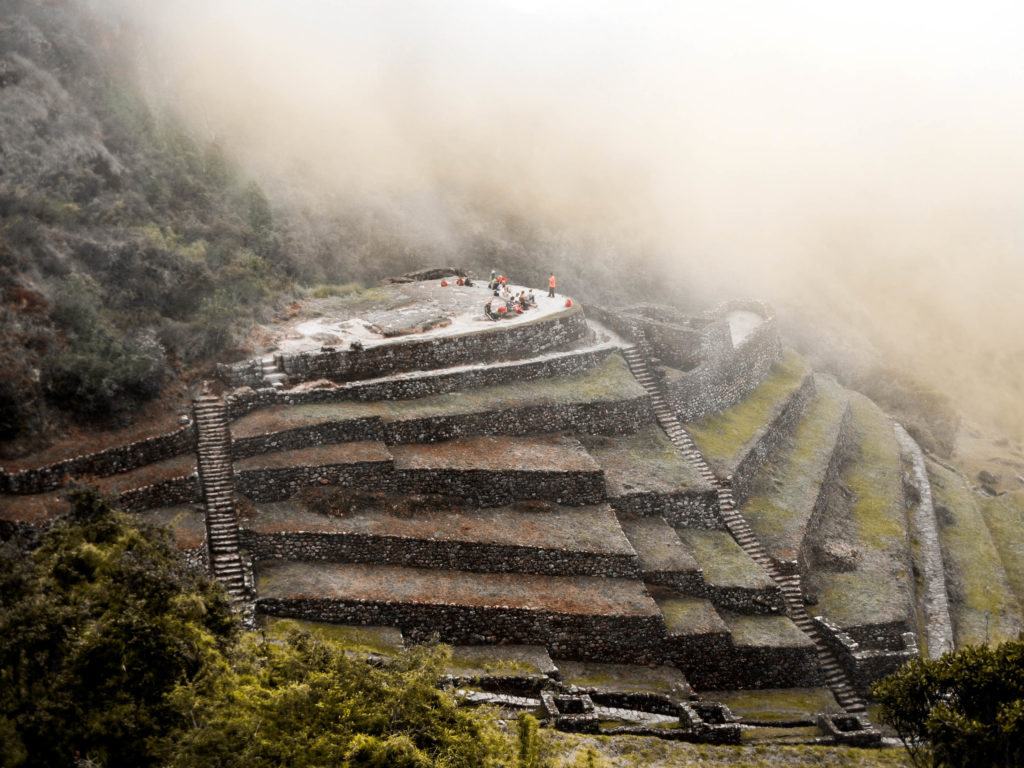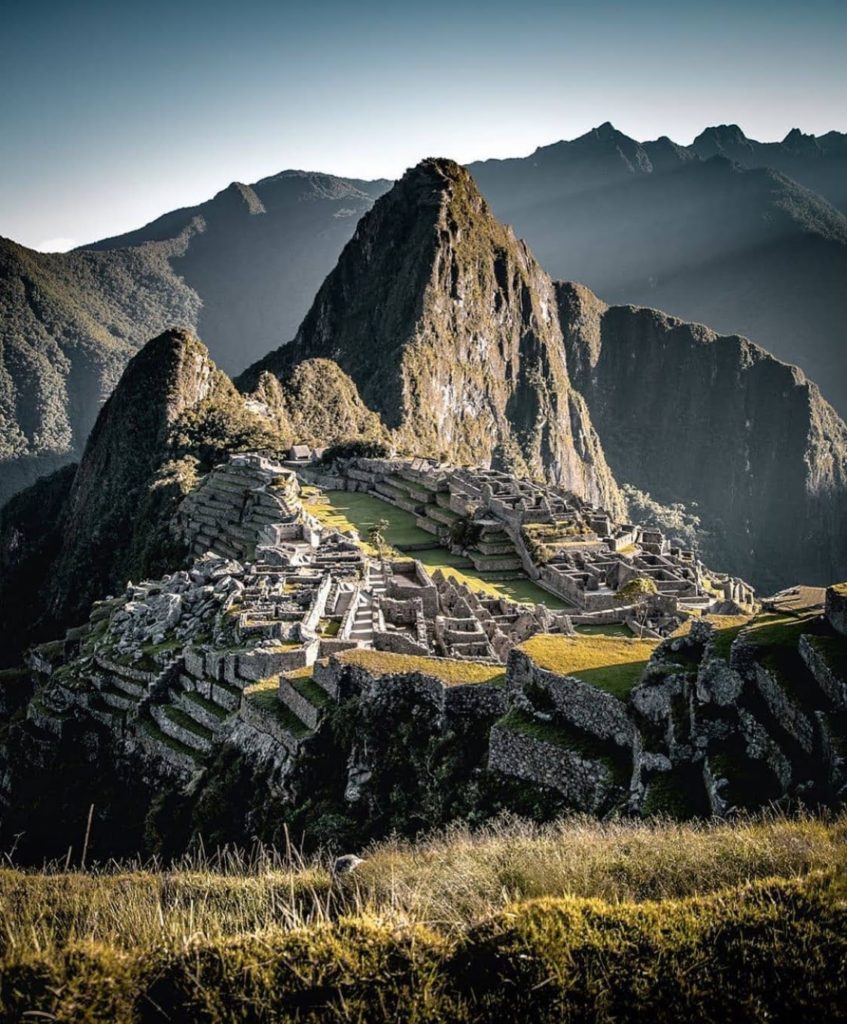In 1908, Hiram Bingham had been serving as a delegate at a Pan American Scientific Congress in Santiago, Chile. As part of his journey home through Peru, Bingham was convinced to visit the archeological site of Choquequirao. After that trip, he became fascinated with the idea that there could be “lost” cities through the Andes and wanted to explore more.
Hiram Bingham was a professor, not an archeologist, but his curiosity led him back to Peru for an expedition in 1911 where the biggest goal was to find Vitcos – the place most historians called the “lost city of the Incas.” In order to discover this city, he had to ask the locals to take him through the Sacred Valley so he could continue his search along the Urubamba River. They found several archeological sites, but Bingham was not convinced they had found Vitcos.

They eventually reached the small village of Mandorpampa, about 30 minutes from modern-day Aguas Calientes, where they met a local farmer named Melchor Arteaga. Arteaga was the first to tell him that there were some Inca ruins on the other side of the river and took Bingham there the next day. Those ruins turned out to be what we now know as Huayna Picchu mountain.
On the skirt of this stunning mountain, he met another family that had been farming crops on some of Machu Picchu’s terraces for a long time. That day, Bingham was led by Machu Picchu’s first tour guide, the farmer’s son Pablo, who knew Machu Picchu like the back of his hand.
Most of the city was under dense vegetation so its significance wasn’t quite realized on first discovery. Hiram Bingham took some pictures and decided to keep exploring other archeological sites with the locals who finally led him to Vitcos. The locals called Vitcos “Rosaspata” so Hiram Bingham could not identify for certain that they were in the right place. He believed Rosaspata was Vitcos and Machu Picchu was another place called Vilcabamba. Later he realized that Vilcabamba was a bit more rustic while Machu Picchu had impressive, finer stone walls.
A year later, in 1912, Hiram Bingham was sponsored by the National Geographic Society and Yale University to return to Peru to clean up the vegetation at Machu Picchu with the help of the locals. What started as a 4 month excavation became a multi-year project with much of Machu Picchu still under vegetation today.

In 1915, Bingham began exploring the Inca Trail as well. He was genuinely surprised to find such fine stone walls preserved at Machu Picchu and the other sites after so many years left by Inca civilization. Bingham tried to find out the history of Machu Picchu, but his investigation never revealed the true story.
We know now that Machu Picchu was built during the reign of Inca Pachucutec in the 1400s and that it was abandoned after a century around the time the Inca kingdom was invaded by the Spanish in the 1530s. It’s believed the Spanish never found Machu Picchu because it was abandoned prior to their arrival.
It’s hard to say that Machu Picchu was “discovered” by one person because this incredible city was never forgotten or lost by locals. The communities around the area knew it was there for centuries, but it’s thanks to Hiram Bingham’s exploration that Machu Picchu has finally found its rightful place at the world’s eye.


